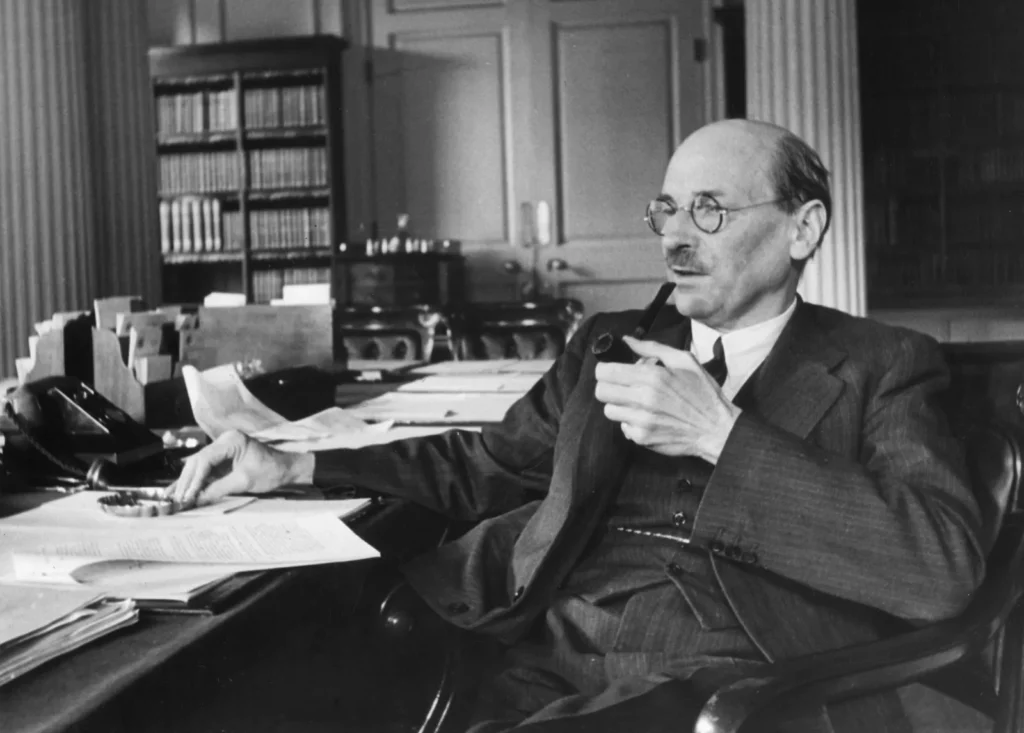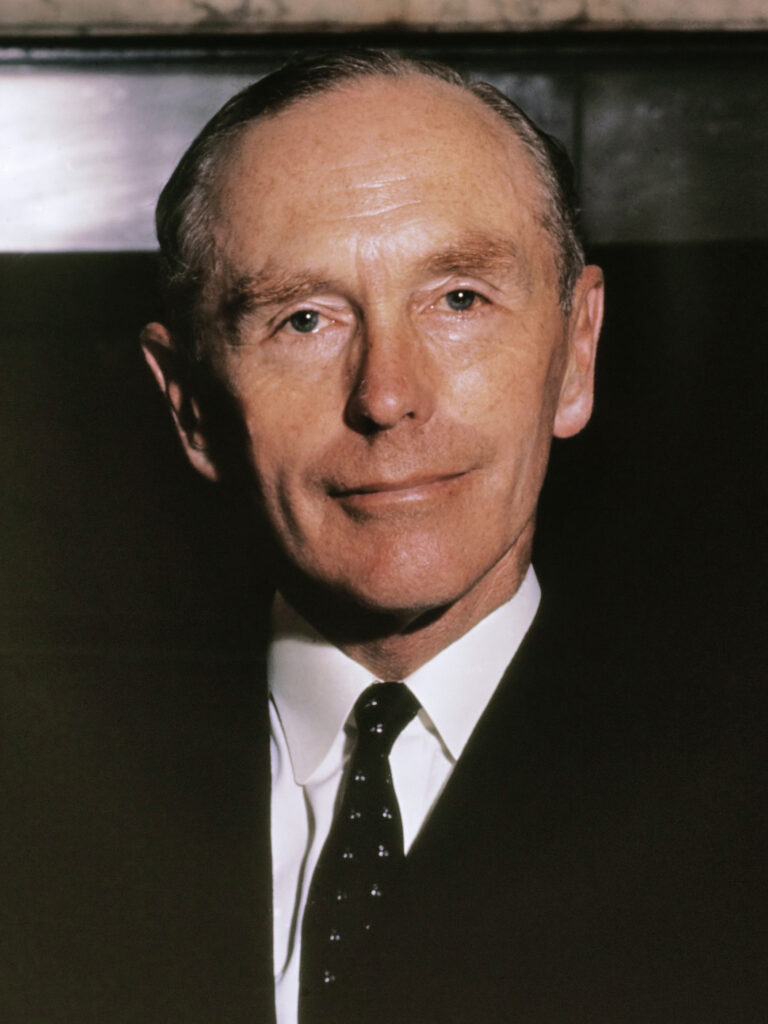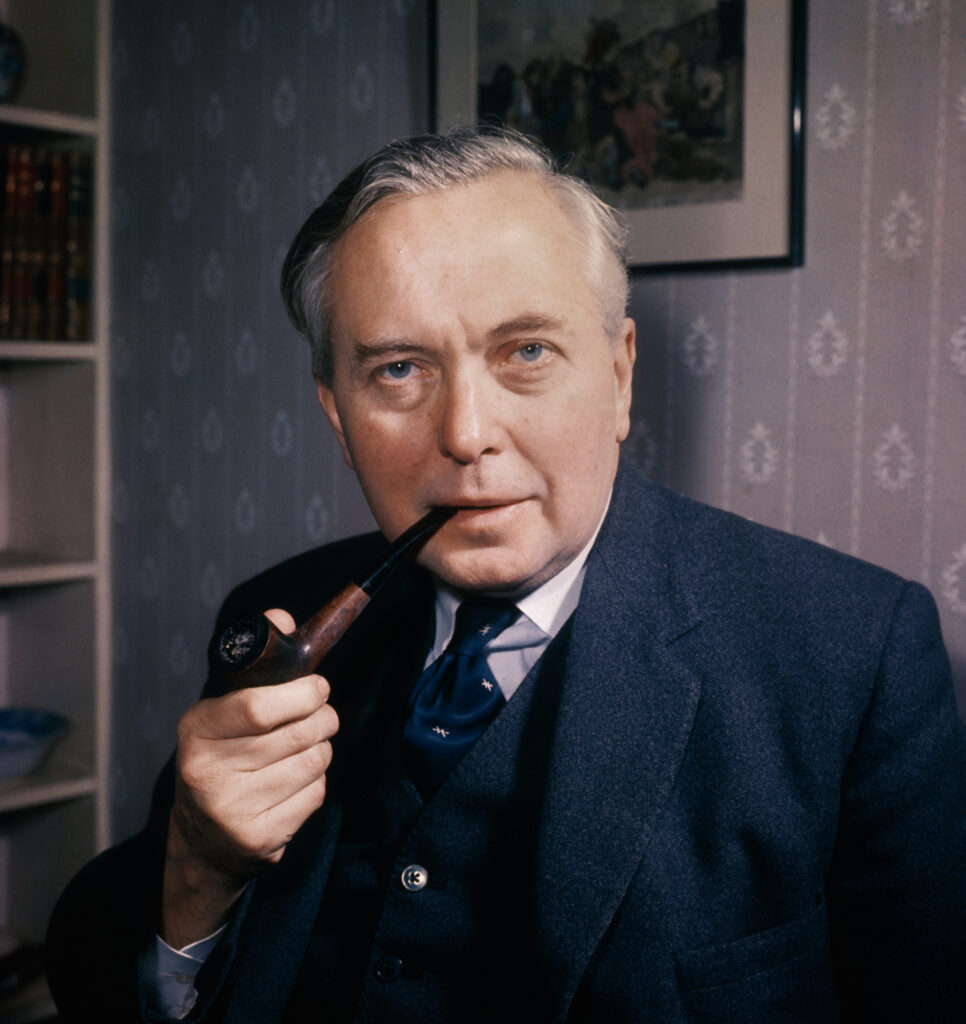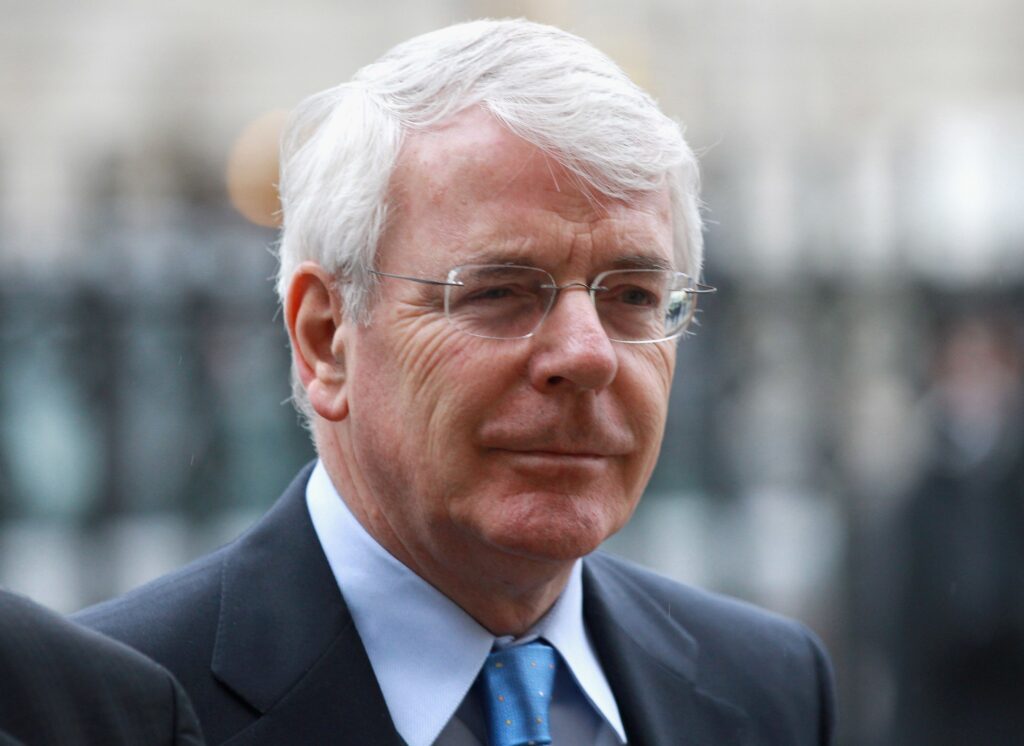After World War II, the United Kingdom faced many challenges. The country needed to rebuild and recover. This was a time when strong leaders were crucial. The Prime Ministers who served during this period played a big role in shaping the Britain we know today.
Clement Attlee (1945-1951)
Clement Attlee became Prime Minister in 1945, right after World War II ended. He was from the Labour Party. Attlee wanted to create a fairer society in Britain. He made big changes that still affect us today.
One of his biggest achievements was creating the National Health Service (NHS) in 1948. This meant that everyone in the UK could get free healthcare. Attlee also nationalized key industries, like coal, railways, and steel. This meant that the government-owned these industries, not private companies. He also started the Welfare State, which helped people who were poor or unemployed.
Attlee’s work laid the foundation for the modern welfare system in the UK. Many of his ideas are still important today.

Winston Churchill and Anthony Eden (1951-1957)
Winston Churchill returned as Prime Minister in 1951. He was from the Conservative Party. Churchill is famous for leading Britain in World War II. But, his second term focused more on international relations and the Cold War.
After Churchill, Anthony Eden became Prime Minister in 1955. Eden’s time as leader is mostly remembered for the Suez Crisis in 1956. This was a conflict over control of the Suez Canal in Egypt. The crisis hurt Britain’s reputation on the world stage.
Churchill and Eden both had to deal with the shift from wartime to peacetime. Their leadership marked a shift for Britain. The country was adjusting to its new role in the world.

Harold Macmillan and Alec Douglas-Home (1957-1964)
Harold Macmillan became Prime Minister in 1957. He was known for his saying, “You’ve never had it so good,” because the UK was experiencing economic growth. Macmillan also focused on decolonization.
In 1963, Alec Douglas-Home became Prime Minister. His time in office was short, lasting only one year. Despite this, he faced many challenges, including managing a party that was divided.
Macmillan and Douglas-Home’s leadership shaped the Conservative Party and British politics in a time of change.


*circa 1963
Harold Wilson (1964-1970, 1974-1976)
Harold Wilson led the Labour Party back to power in 1964. He focused on modernizing Britain. Wilson introduced many changes, including reforms in education and technology. He believed that these changes were needed to keep Britain competitive.
However, Wilson faced economic challenges. The UK was going through tough times, and Wilson had to devalue the pound in 1967. This meant that the value of British money dropped, which caused problems for the economy.
Wilson returned as Prime Minister in 1974. But, he faced a divided party and a tough economy. Wilson modernized the Labour Party and influenced its direction for years.

Margaret Thatcher (1979-1990)
In 1979, Margaret Thatcher of the Conservative Party became the UK’s first female Prime Minister. She introduced a new style of leadership known as Thatcherism. Thatcher believed in free markets, privatization, and reducing the power of trade unions.
Some of the key events during her time included the Falklands War in 1982 and the Miners’ Strike from 1984 to 1985. Thatcher helped end the Cold War. She built strong ties with U.S. leaders like Ronald Reagan.
Thatcher’s policies changed the UK’s economy and politics. Her influence is still felt today, as many of her ideas continue to shape the country.

John Major to Tony Blair (1990-2007)
John Major became Prime Minister in 1990. He had to deal with an economic recession and debates over Europe. Major’s leadership was tough. But, he led the country through hard times.
In 1997, Tony Blair became Prime Minister. He led the Labour Party under a new banner, New Labour. Blair focused on modernization and social reform. His major achievement was the 1998 Good Friday Agreement. It helped bring peace to Northern Ireland.
Blair also led the UK into the Iraq War in 2003, a decision that remains controversial. His time as Prime Minister, despite this, had a lasting impact on the UK. His policies still influence the country today.


Conclusion
The Prime Ministers who served after World War II played vital roles in shaping the modern UK. Each leader had their own ideas and policies. This ranged from Clement Attlee’s creation of the NHS to Margaret Thatcher’s reforms. Their decisions helped build the Britain we live in today.
As we look back on these leaders, it’s clear that their influence is still strong. The challenges they faced and the choices they made continue to shape our lives and our country. Their legacy shapes our view of history. It leads to today.
Read more here: https://www.gov.uk/government/history/past-prime-ministers
Thank you for reading, Click the link to read more of our Politics Articles:
https://insidesuccessmagazine.com/category/politics
Inside Success presents to you our digital platform, created to inform, inspire and empower 16-35s. Through our articles, we aim to bring bold ideas, fresh voices and real conservations to life. From mental health advice, to career information, and fashion tips to social issue debates, Inside Success is proud to have created a platform that has something to cater to everyone.




Leave a Reply
You must be logged in to post a comment.